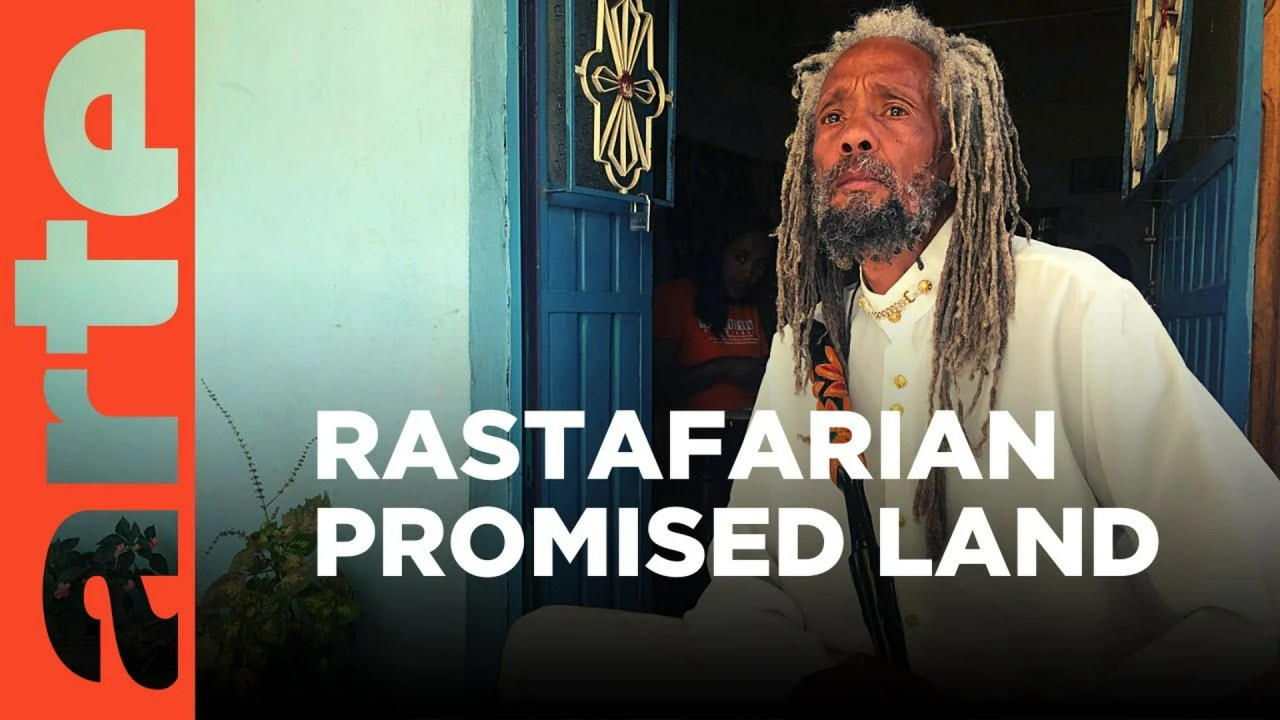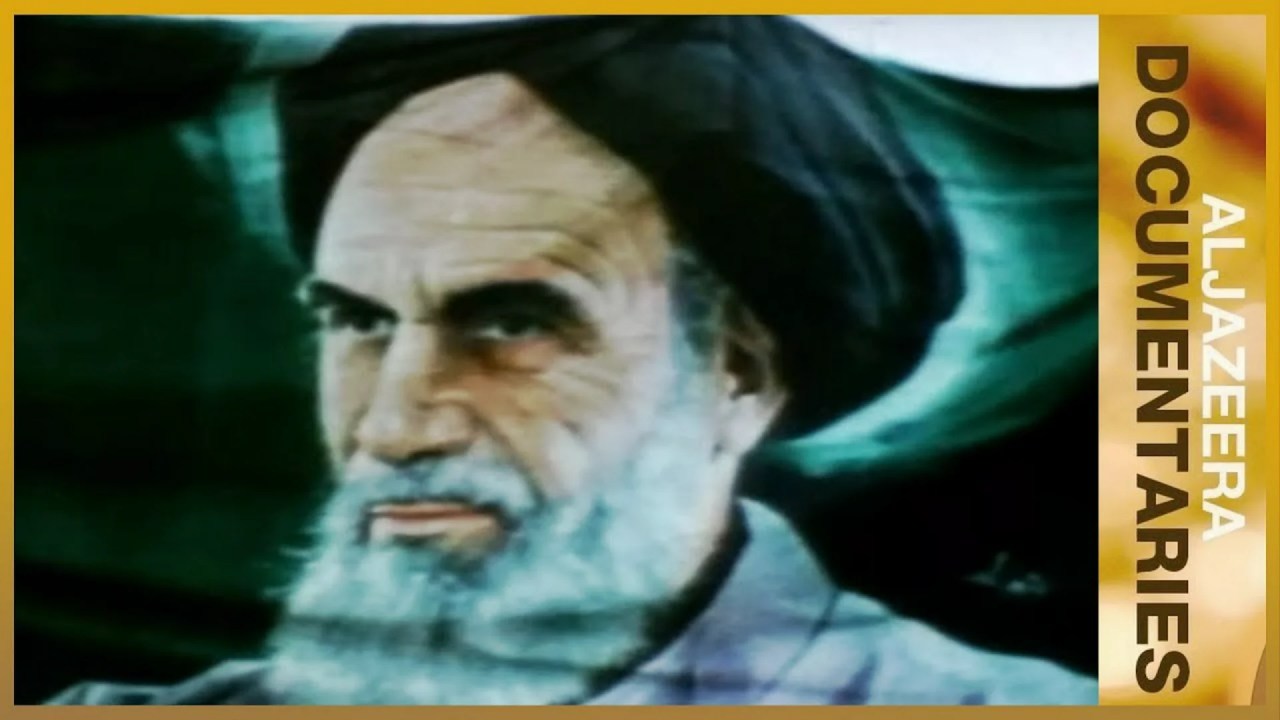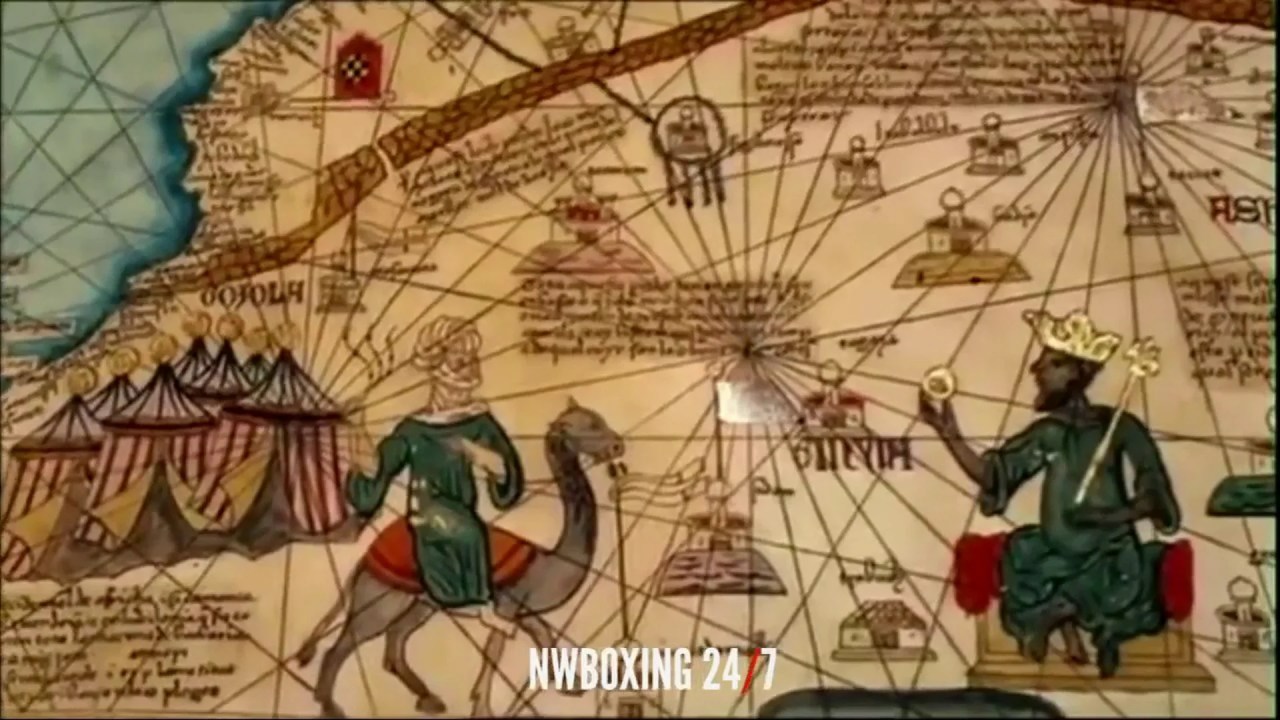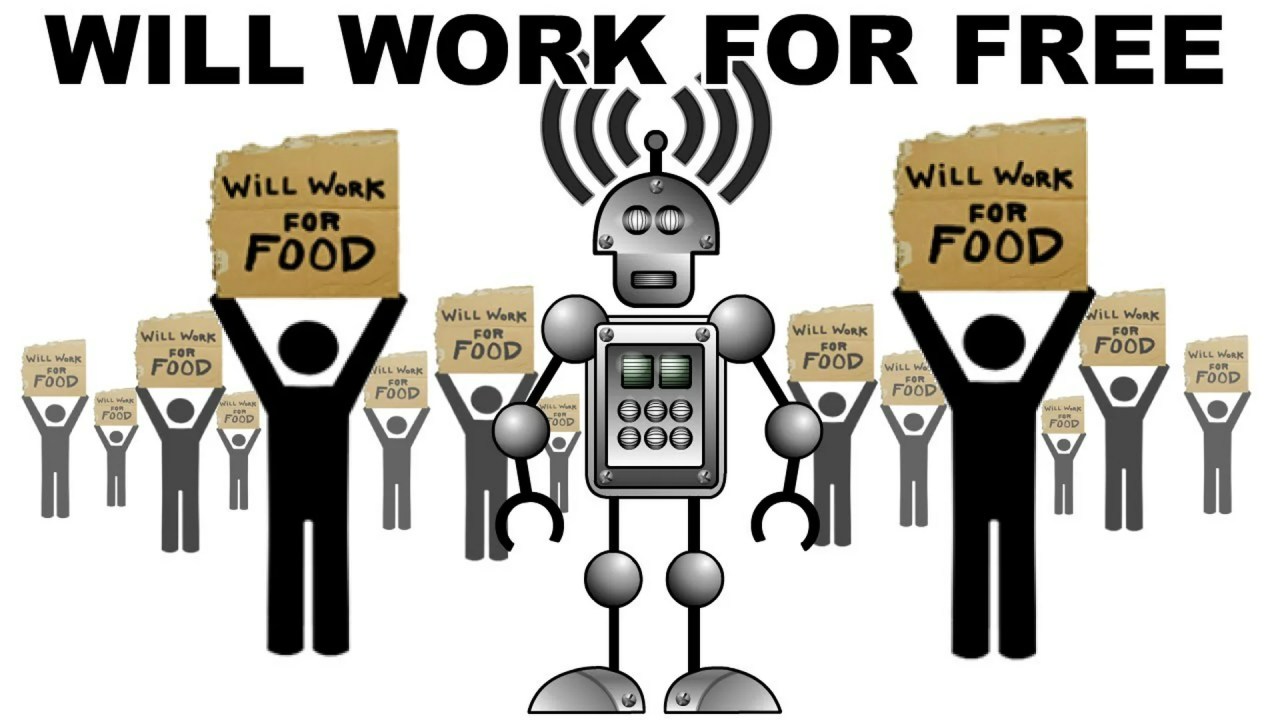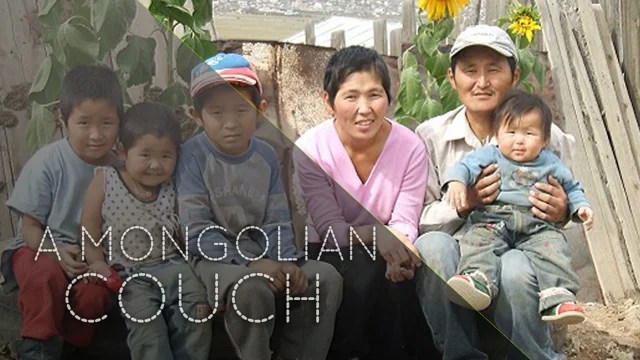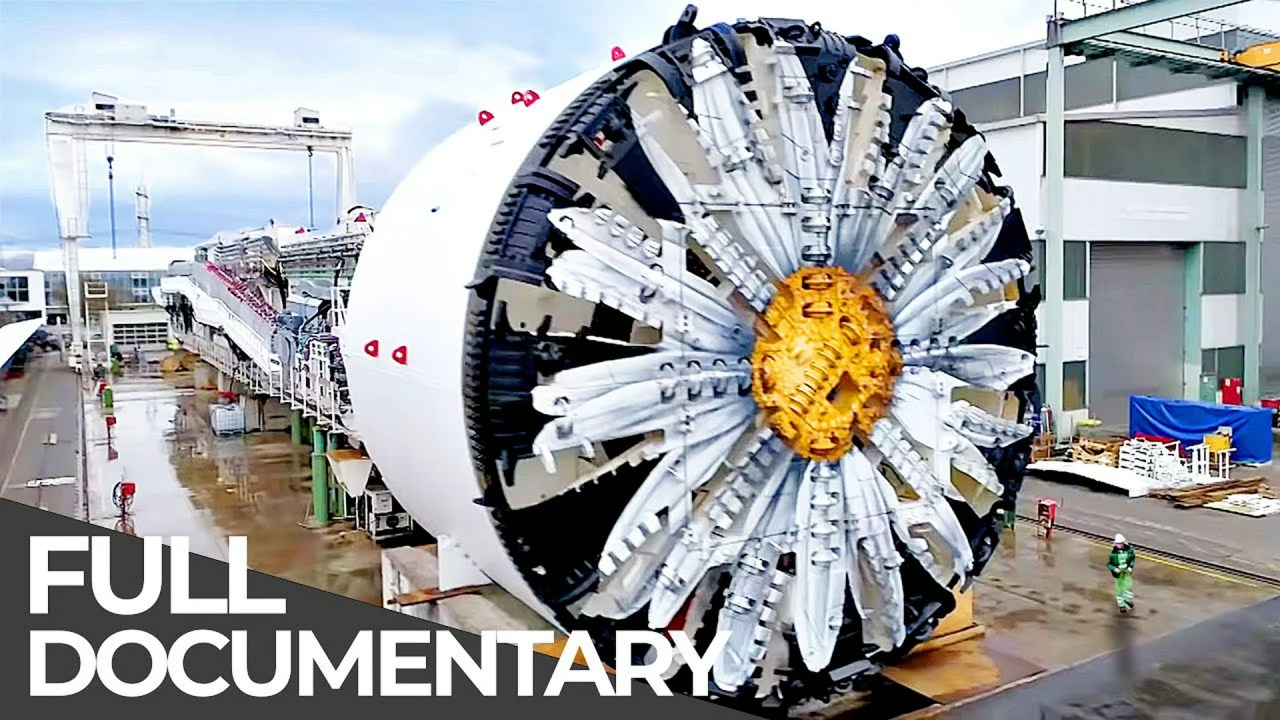Thirty years after the founding of the Islamic republic, the ideals that inspired the uprising continue to inform every day life in modern Iran.
So how has the revolution managed to sustain itself through war, international isolation, economic sanctions, and regional turbulence? And how has Iranian society changed since the seismic upheaval of 1979?
Iran voted by national referendum to become an Islamic republic on 1 April 1979[15] and to formulate and approve a new theocratic-republican constitution whereby Khomeini became supreme leader of the country in December 1979.
In the past, Iran was known as Persia, using the historical name of the region.
